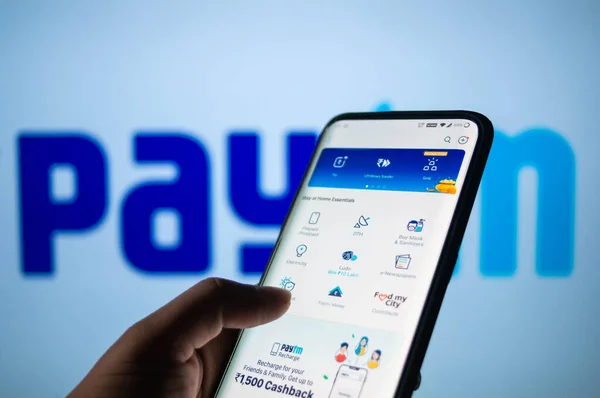Infrastructure investment trusts is a collective investment scheme that works like mutual funds and are regulated by the Securities and Exchange Board of India. InvITs enables direct investment of money from institutional as well as individual investors in infrastructure projects to earn a little portion of the income as a return. Their units are listed on different trading platforms like the stock exchange and are a total combination of both debt instruments and equity.

The main objective of InvITs is to promote the infrastructure sector of India by encouraging individuals to invest in InvITs and it can be modified according to a given situation. It is similar to the Real Estate Investment Trusts (REITs) in structure as well as operations. This is a modified version of REITs. InvITs are set up as trust and registered with SEBI. It is regulated by the SEBI (Infrastructure Investment Trusts) Regulations, 2014.
Types of InvITs:
There are two types of InvITs. Individuals can invest their funds into infrastructure projects directly or through particular purpose vehicles, so we can classify them into two different types. One which is allowed to invest in revenue-generating finished projects. This type of InvIT needs to invite investors through a public offering. Another type is that which has the flexibility to invest in competed/under-construction projects. This type opts for a private placement of their units. Here both types of structures are required to be listed on a stock exchange.
Structure of InvITs:
It is designed as a tired structure with sponsors setting up to the InvIT which in turn invests into the eligible infrastructure projects either directly or via special purpose vehicles (SPVs). InvIT has 4 parties:
Trustee: It is required to be registered with SEBI as debenture trustee. Also, it is required to take a minimum position of 80% into infra-assets that generate steady revenue.
Sponsor: means promoters and a body corporate, LLP, promoter, or a company with a net worth of at least Rs. 100 crore classified as a sponsor. Further, they should hold at least 25% of the total InvITs with a minimum lock-in period of 3 years or as notified by any regulatory requirement except for the cases where a regulatory requirement/concession agreement requires the sponsor to carry a particular minimum percent in the underlying SPV.
Investment Manager: is a Company or LLP or body corporate which manages assets and investments of the InvITs. An investment manager supervises all the operational activities surrounding InvITs.
Project Manager: He is responsible for achieving the execution of the projects and in the case of PPP projects, also supervises ancillary responsibilities.
The purpose of the InvITs is to enable Infrastructure Companies to repay their debt obligation effectively and quickly. Infrastructure-oriented projects take time to generate substantial cash flow so that the InvITs come in a handy tool for paying off their loan interests and other expenses as per their convenience.

Benefits of InvITs:
Accrues fixed steady income: They redistribute risks option and accrue a fixed steady income serving as an alternative for generating fixed income like for retirees.
Liquidity: It directly enhances their liquidity aspect as it is very easy to enter or exit from infrastructure investment trust.
Diversification: InvITs offers to individuals an opportunity to diversify their investment portfolio with multiple assets investment. This kind of feature helps lower associated risks directly and allows investors to generate steady returns in the long run.
Management of quality assets: Investors have an opportunity to manage their assets professionally in InvITs. It ensures the allocation of resources and effective management as well as helps to prevent fragmentation of holdings.
Lowering Debt Burden: The promoters are able to lower their debt burden significantly through an asset sale by investing in InvITs. They can also use the proceeds to reinvest in other portfolio projects as per their choice.
Future of InvITs: There is a bright prospect for InvITs in India. In long run, existing projects would be given substantial refinancing options. It would help disengage developer’s capital to facilitate reinvestment towards new infrastructure projects. It is also expected to facilitate the refinancing of current debt with cost-effective capital for the long term. It is also encouraging international investors to invest in the Indian infrastructure sector. Prospects of increasing opportunity to diversify an investment portfolio with the assistance of quality infrastructure assets remain.
Conclusion: The market for InvITs is still evolving and people are not fully aware of it. InvITs provide an alternative financial structure. The approach of the people is cautious like for other new products or instruments. The trust of the people in these instruments can be developed with more clarity in regulations and better performance of these products than the conventional products. However, these instruments can act as an efficient investment vehicle to enable long-term funds for infrastructure creation, from both retail investors and global institutions.
Ramesh M. Hingu
AGM & Director, SBILD Aurangabad.





